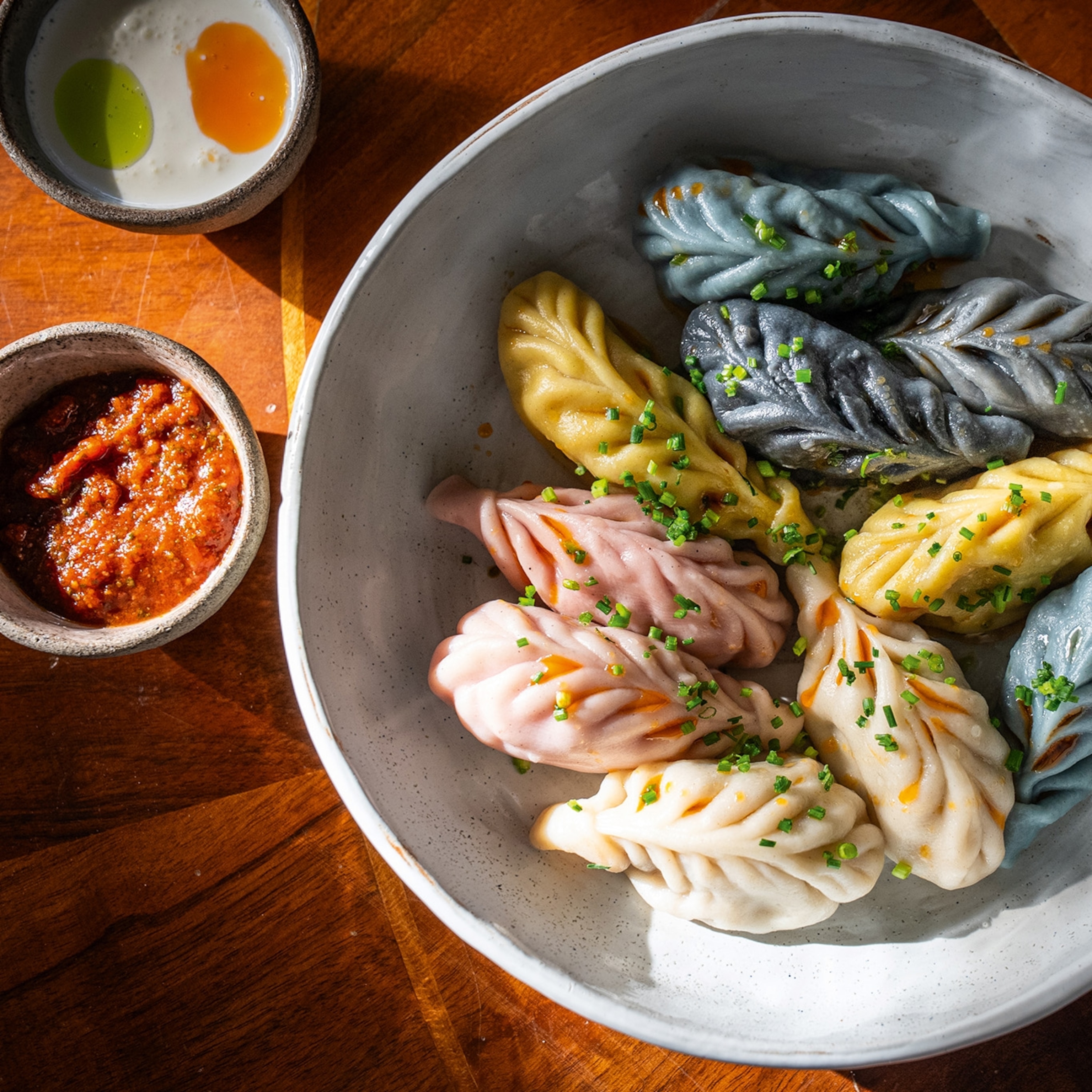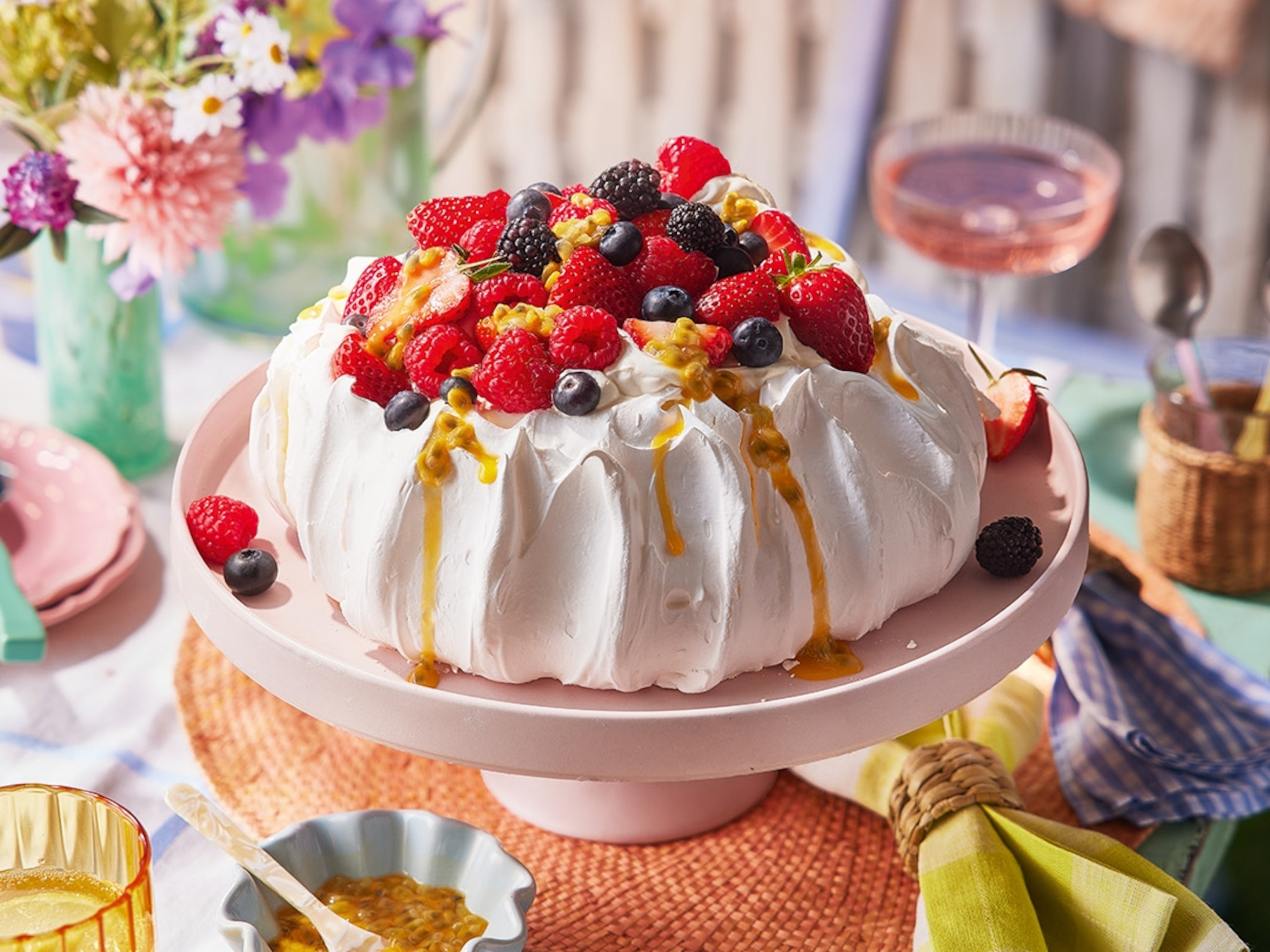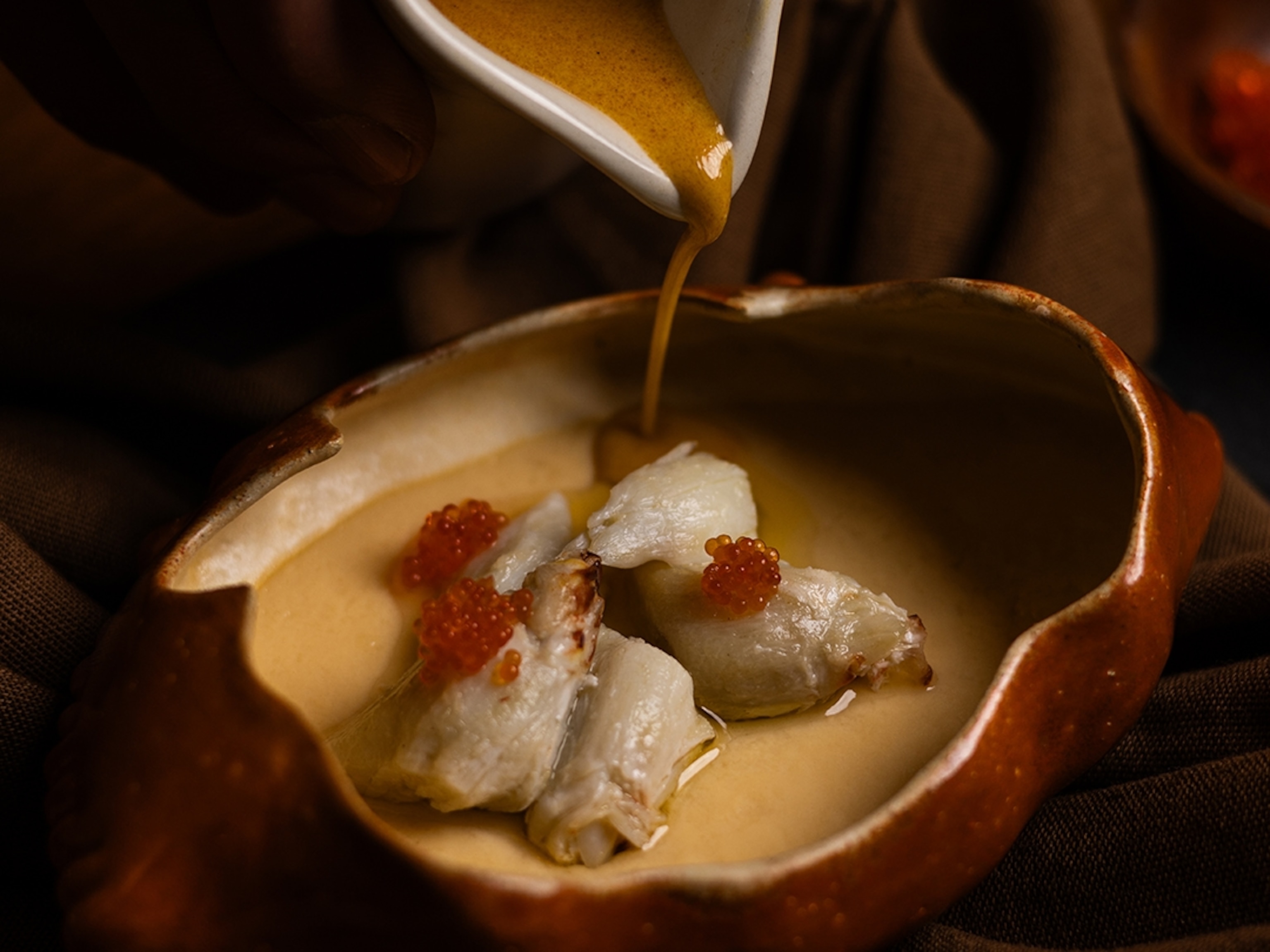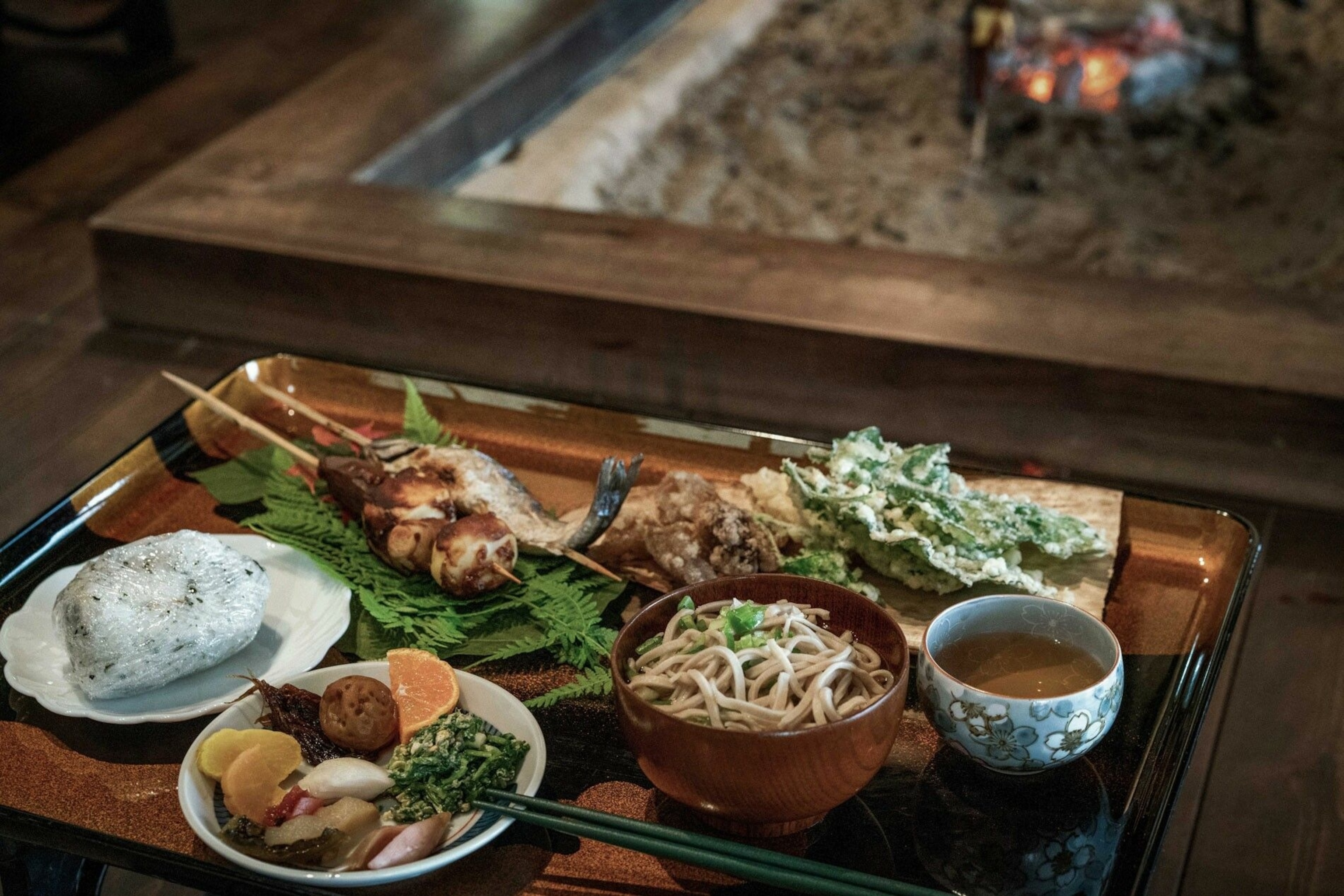
Sake, soba and stews: six of the most sumptuous Japanese foods
Located on the island of Shikoku, Iya Valley remains one of Japan's most remote and uncharted regions, where visitors can discover a distinct, little-known culinary culture. Here are six unique foods to try.
Located in western Tokushima on Shikoku Island, Iya Valley is a remote, rural region made up of dramatic mountain ridges, mighty rivers and dense emerald forests. Though bucolic, its landlocked landscapes, sharp soaring hills and harsh snowy winters created a wealth of culinary problems: no coast therefore less access to seafood, while undulating hills meant rice cultivation was difficult.
(Beyond the Bomb: Hiroshima’s Beloved Okonomiyaki Pancake)
As a result, Iya Valley’s isolated population had to forge its own cuisine over the centuries, cultivating alternative crops (such as buckwheat and potatoes) to the traditional Japanese staples of rice and seafood. Today, the region is recognised as a Globally Important Agricultural Heritage System due to this distinct culinary culture. From handmade soba noodles to the meat of game animals in the forests and hearty, freshwater fish stews, there’s a brilliantly rustic cuisine for visitors to discover.
1. Iya soba
Soba (noodles made from buckwheat flour) is a serious business in Iya Valley. It replaces rice as the backbone of the local cuisine, being far better suited to the cooler climate, steep hills and small plots of land. Buckwheat has been farmed in the valley for centuries — its pretty white flowers brightening the hillsides each October. Those familiar with Japanese cuisine will recognise soba noodles, but Iya’s version is unlike the mainland’s. There’s no added flour, just pure buckwheat and mountain spring water creating a rustic flavour and texture. It’s an involved, slow process: the soba is still commonly ground by hand on a millstone and the short, fat noodles are cut individually. There are even local songs dedicated to the process, sung as women worked the grindstones at night.
What really sets Iya apart, however, is soba-gome — literally, ‘buckwheat rice’. In the absence of rice, locals turned to whole buckwheat kernels to create a hearty porridge. Mountain vegetables, shiitake and chicken are added to the steaming grains, which are said to have reminded Iya’s political exiles of Kyoto home-cooking. It’s real comfort food, but it's so popular that it’s found across regional restaurants and hotels, too.
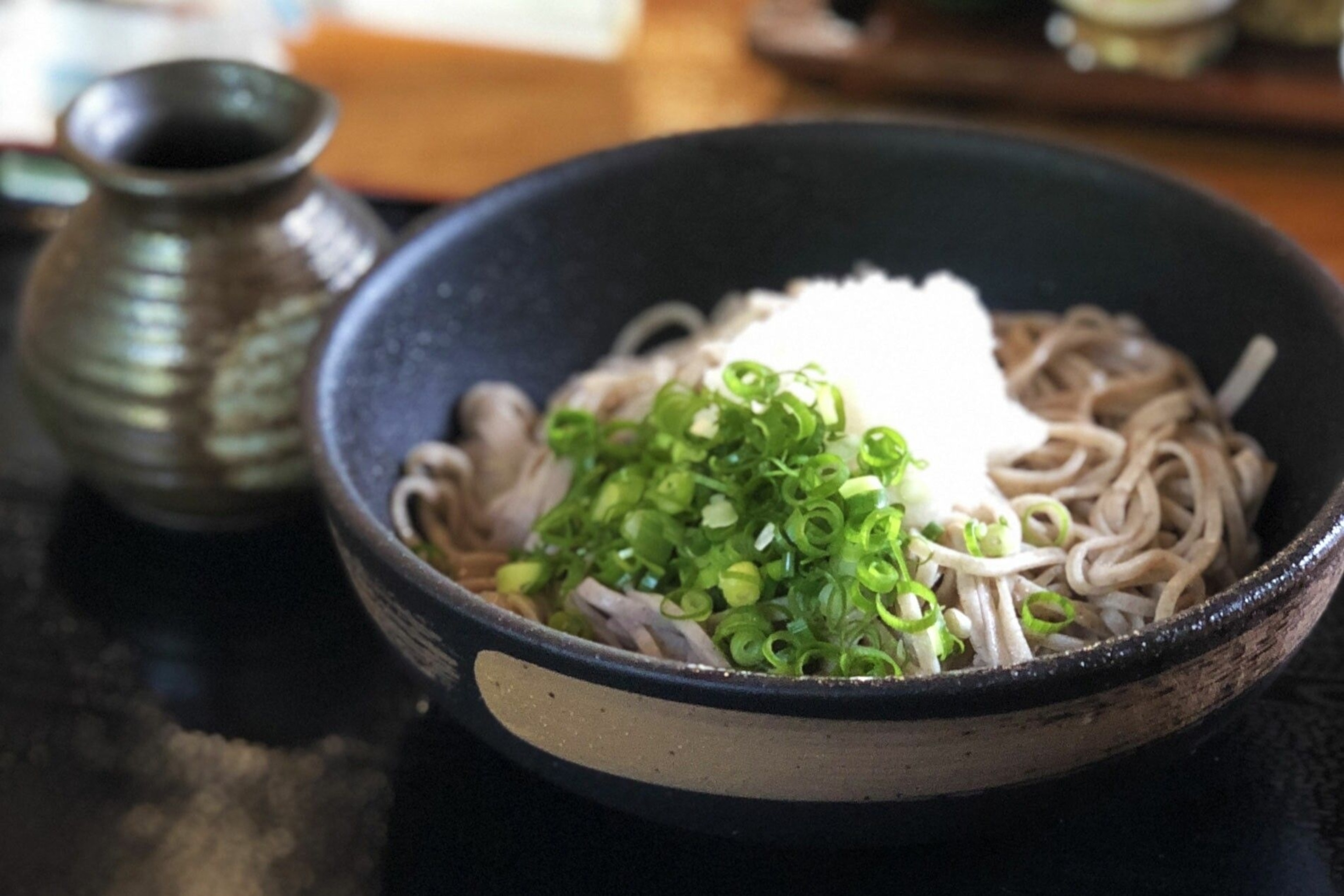
2. Regional sake
Nishi-awa, Tokushima prefecture’s northwest region, is known for its sake. Unlike much of Iya Valley, this section of wider plains along the Yoshino River was able to grow some rice. The area has four breweries between Miyoshi and Mima cities, some over a century old, which you can visit for tastings. Sake here is generally fresh and light, with a little sweetness.
A time capsule of a former Japan, Iya Valley has also retained some of the country’s extinct customs. When drinking sake in Japan, it’s impolite to fill your own cup. In Iya, the custom is to hand your empty cup to another, pour them a drink, then wait for your cup to be returned — quickly, to avoid rudeness. The process is then repeated, back and forth, until conversationalists move on, with the goal of sharing cups among the entire drunken party.
3. Hirara-yaki
Although Iya Valley is landlocked, it has plentiful rivers filled with freshwater fish. Ayu sweetfish and amago salmon are particularly popular and are commonly used in hirara-yaki, one of the region’s oldest dishes. Hirara-yaki translates as ‘flat stone grill’ and it’s found only in Iya Valley. To start, a thick circle of miso paste is built around the large stone, which is placed over a fire. Sake is poured into the makeshift pool alongside seasonings, potato, konnyaku, tofu, mushrooms, foraged vegetables and the all-important fish. As it cooks, the miso walls slowly seep salt, tang and sweetness into the stew. A time-consuming meal to make, hirara-yaki is hard to find but a few restaurants like Amego-tei and Okuiya offer it.
4. Dekomawashi
Dekomawashi is a classic grilled dish formed of three major staples: konnyaku, Iya-dofu and satoimo. Konnyaku is a baffling food at first bite; a dense jelly slab made from konjac potatoes. It’s found across Japan, but its long shelf life and extraordinary health benefits made it an ideal food in Iya Valley. Firm, round satoimo taro roots have a light, nutty flavour and grow well in Iya’s soil, while Iya-dofu (stone tofu) is the area’s unique ‘travelling’ tofu, pressed and dried into hard bricks that are easily carried on long journeys without falling apart. In dekomawashi, the three are skewered in a shape that crudely resembles a person — deko means ‘doll’ in the local dialect and mawashi ‘turned’. The skewers are bathed in miso and rotated round the coals. The flavour is reminiscent of old-world Japan: mild, nutrient-rich ingredients slathered in rich, sweet miso. You’ll spot several stalls near the Kazurabashi vine bridge selling these skewers, stuck round a pyramid of piled coals.

5. Gibier
With so little land for livestock, locals looked to the wild landscape. For centuries, Iya’s mountains have been known for excellent wild game hunting, their forests filled with boar and deer. These animals haven’t just survived in Iya, they’ve proliferated. Where the valley was once filled with families of generational hunters, their numbers have dwindled and the animal population now causes problems, damaging forests and farms. The inevitable solution has been to promote hunting, known locally as oi-yama — ‘mountain chasing’. The result is a delicious red meat that’s entirely free-range. The name comes from the French for game, gibier, which became jibie in Japanese. The meat is barbecueed, marinated, put into hotpots and made into sweet, rich sausages. The region has recently opened a butcher's shop so locals and visitors can buy the freshest meat.
6. Millet
The Japanese cuisine we recognise today — that of miso soup, steamed rice and multiple side dishes — didn’t become a widespread reality for Japanese people until the 20th century. Before that, high-nutrient millet was prolific, being made into flour, dumplings or mixed into dishes. The variety of this small-seeded grass was so important to Iya that Tokushima prefecture’s ancient name was Awa, named after a millet crop. There are several species of millet grown in Iya, particularly in Higashi-Iya’s cooler temperatures and higher altitude, and it’s found in many classic dishes. The most famous is zakkoku mochi, a pounded, gelatinous dumpling dipped in soy sauce that’s available to buy in local shops. Sweet yatsumata dango involves boiling dense, rough-textured dumplings before cooking them with sugar. There’s also a fermented drink made with kibi millet, amazake kibi, which is similar to the mainland rice version.
Plan your trip
The easiest way to access western Tokushima and Iya is via Kansai International Airport, which has regular flights from the UK. From the airport, the best options are to hire a car and drive over the Seto Island Sea to Shikoku or go by rail. Change trains at Okayama or Kochi in Honshu, heading onwards to Awa-Ikeda or Oboke stations on Shikoku. Buses from both serve the better-connected west and northern regions, but the east requires a rental car. For more information, visit nishi-awa.jp/english
Subscribe to our newsletter and follow us on social media:
